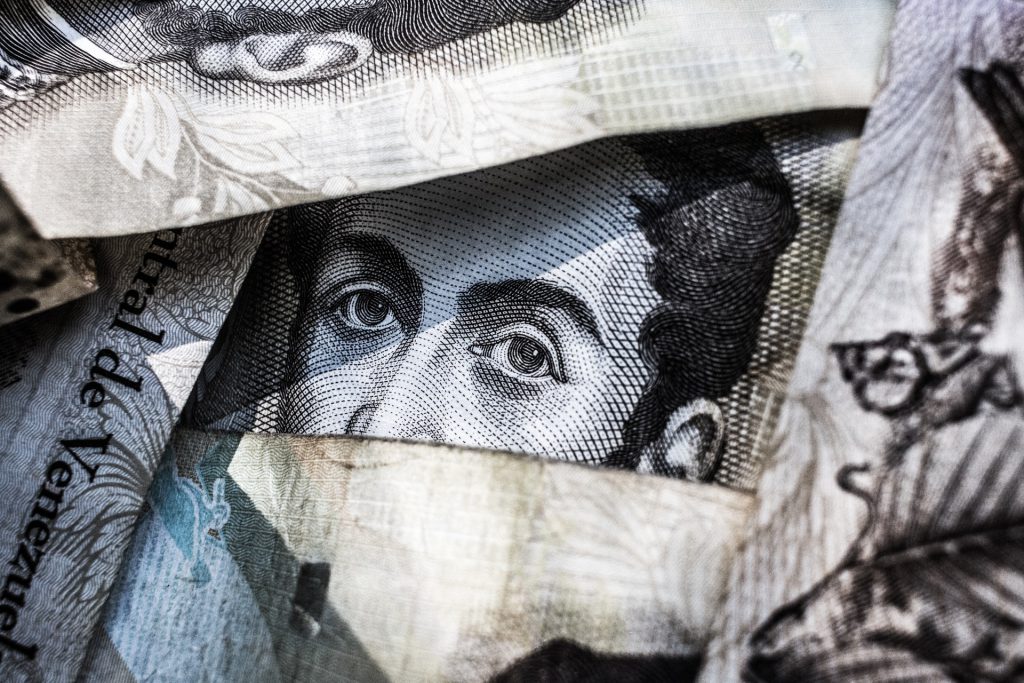The journey described in the book begins ten thousand years ago – the moment the ancient man decided to become an industrialist and took over the reproductive systems of animals and turned them into food manufacturing machines. It ends around these days, in an age where stakes and burgers are made in restaurants using 3D printers.
The book goes through the most familiar historical phenomena: it shows how religions have become an economic business; How money has shaped the gendered relationships over thousands of years and turned women into child-making machines and men into a breadwinner; It describes how the invention of taxes came about, and how leaders throughout history managed to collect it in every possible way – from the Romans who taxed urine, through the English who taxed windows, to the Russians who taxed men who grew beards, and the Indians who taxed women by their breast size.

“Following The Money” shows how the race to earn money led to the worst epidemics known to mankind; How the discovery of the new world started because of the spices monopoly; And similarly shows how the obsession for money led the human race to the heights of folly (when an entire nation went bankrupt after investing its savings in tulips), or abysses of cruelty (when slaves became financial products and issued on European stock exchanges).
The reader can enjoy countless anecdotes that are written in a wonderfully communicative language and draw a clear line between historical events and the modern era. For example, Pearl describes how a handful of Jews, a thousand years before Mark Zuckerberg, founded the first social network in history. He describes how even then, people learned to gather information, pass it on to each other all over Europe, and target it for economic needs, exactly according to the model that would take over social networks in the 2000s. Another example is how two hundred years ago, Britain decided to make fortune by pouring Opium into China in huge quantities which led to a crushed Chinese society. Pearl connects these events to the Chinese government’s current goals to avenge the West.

The book devotes extensive parts to explaining how money has driven the wheels of progress and technology and it does so through events unfamiliar to the average reader. For example, Pearl writes about how the horseshoe used to be the “iPhone” of the Middle Ages, soared the performance of horses in land cultivation, and rescued the world from recession. Or how the invention of eyeglasses in 13th-century Pisa allowed artisans to stop using one of their hands to hold a magnifying glass, freeing both their hands for work and enabling the production of miniature equipment that changed the world of technology.
“I met three types of people,” Pearl sums up his journey. “Those who do not have enough money to buy what they need; those who have money to buy exactly what they need; and those who have more money than they need. What amazes me,” he states, “is that all three of them crave money equally.” Following The Money is a must-read book for anyone who has always known that “Money Makes the World Go Round”, but had no idea just how much.
“Following The Money”, Yedioth Books Publishing.
Moshe Pearl is a lecturer at Tel Aviv University and an author. Up until 2019, he served as CEO of the Israeli Banks Association. Prior to that, he was one of the top economic journalists in Israel. In 2003 he published his book “With Open Eyes” which became a bestseller. “Following The Money” is his second book.





